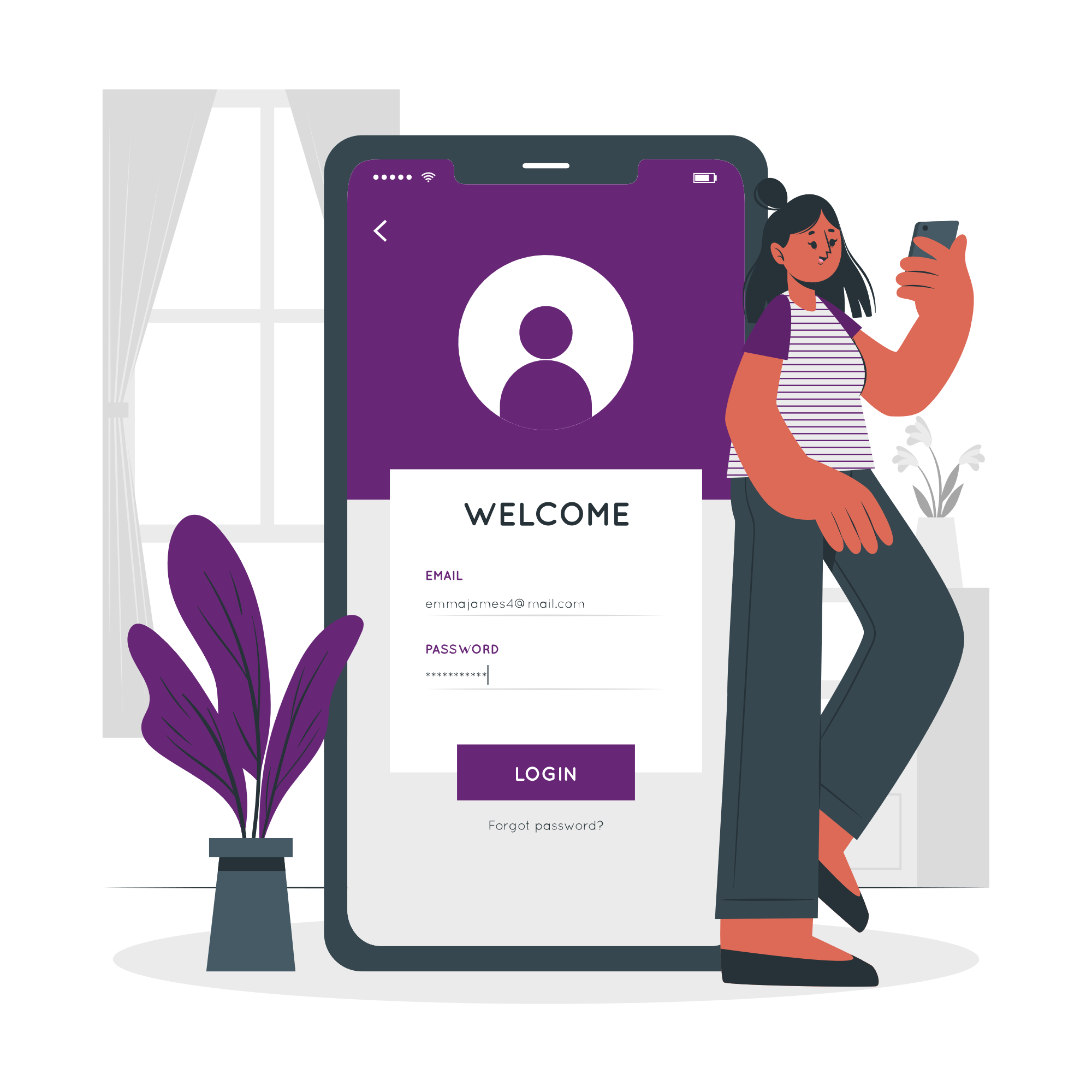With self-assessment season just round the corner once again, you’re probably already worrying about the clients you just know are going to let you down.
We call them ‘problem clients’. They’re the ones who pay late or not at all, complain despite the hard work you put in and treat your employees badly and completely unfairly.
It’s not that problem clients always mean to be frustrating – sometimes, a client becomes a problem client when their needs and wants are so niche and specialised that they eat into your time.
The truth is, not only are problem clients costly to your team’s motivation and time, but costly to your business.
If you haven’t tried pushing back, it’s time to challenge them, ditch them completely or at least charge them more.
After all, while we know accountants love to help business owners realise their goals, accountancy is how you make a living. Your living cannot be compromised.
We know pushing back can be awkward, frustrating or even upsetting if things go terribly wrong, however, which is why we’ve put together some advice for you.
After reading this, the way you do business will never be the same, which your finances, team and own mental health will thank you for.
Determine your ideal client
Before you look at your existing client base, you should first consider what your ideal client looks like. Do they work in a specific sector, or own a business of a certain age? Are they looking for someone to do their tax return or for business advice that’s a bit more formal?
Think about client demographics and the services you want to focus on, as well as the type of businesses you want to work with – do you mostly work with not-for-profits, family-owned businesses, or corporations?
Once you have an answer to these types of questions, you can look at your existing client base to see who does and doesn’t fit into who you want to work with.
In our experience, that can provide instant clarity to an accounting firm.
For instance, you might realise you have some complex clients in a specific sector that is beyond you and your team’s expertise, and therefore require much more work to take care of.
Instantly, you know they’re a problem client who you have to do something about.
Grade your clients
Chances are, once you know the ideal business or individual you want to work with, you’ll still have to be relatively flexible to stay profitable.
But flexibility doesn’t mean you’re open to everyone, so you should create a grading system to assess your current client’s suitability to you.
There are different ways to do this, but we recommend giving them a scoring between one and five, five being the best, for six separate areas:
- risk
- profitability
- referral
- growth potential
- payment history
- personality.
The idea is to add up the scores from each individual area, and only accept those above a certain score – perhaps 17 or something similar.
But what can you do about them?
How to deal with problem clients
Every client is different, so you need to devise different methods to deal with them. A one-size-fits-all approach won’t work and will probably backfire.
First, there are those that need a warning. Maybe they’ve been paying your fees late, but are a genuinely nice client and must have just forgotten the last couple of times.
Others are the ones that are eating into far too much of your time. Because they require so much more effort and time, it is completely justifiable to ask them to pay a higher fee.
If there’s nothing else to do than parting ways with some clients, handle it with care. At the end of the day, how you approach this will reflect on your firm immensely – the last thing you want is a scathing review.
We recommend you meet with your client and explain why you can’t offer what they’re looking for without compromising your business’s profitability or team’s workload.
Then, you should refer them to another accountancy firm that will suit their needs – that way, the last experience your client has with your firm will involve some useful advice.
You can also make arrangements for a fee-based referral programme with a specific firm that is looking for clients, so you can collect a fee for each client referred.
Future proof
Turning clients away might not be viable if you absolutely need them to turn a profit, so that’s why you need to focus on getting clients that won’t be a problem right now.
Take what we said about ideal clients into consideration so the clients that come through your door are the ones you want.
It’s beyond the scope of this blog, but in a sentence, getting your ideal clients is all about refining your brand and perfecting your digital marketing.
Be proactive with your practices, too. For instance, clients might start paying you on time (or early) if you do simple things like sending your invoices well ahead of time, prompting them to pay or just leaving a thank you note for their support.
Punishment, like fees for late payments, and rewards, like discounts for early ones, can also go a long way, transforming your problem clients into good ones.
Talk to us about the problems you’re having with your clients.








